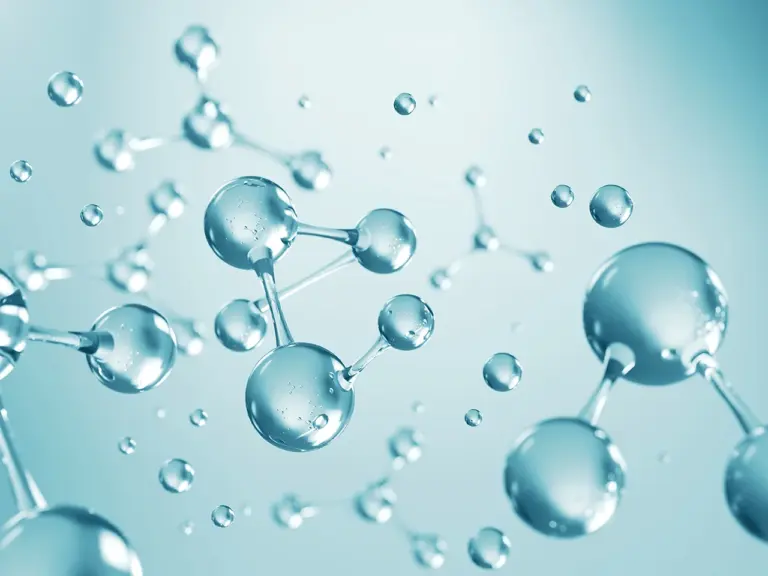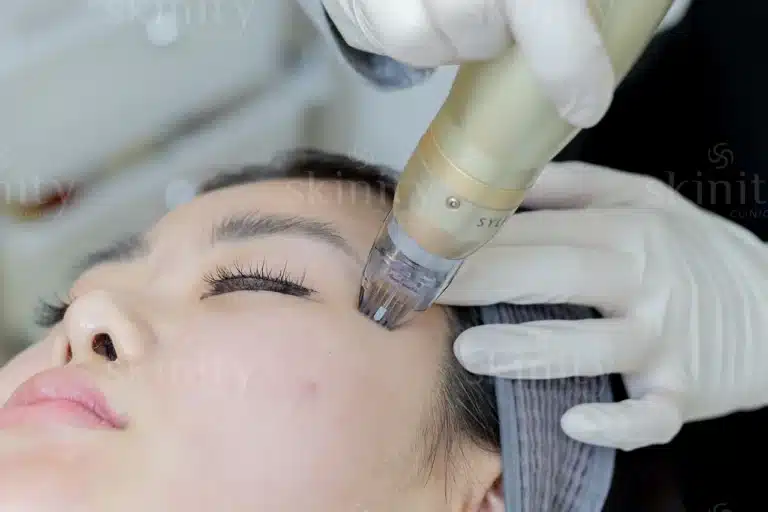When it comes to skin rejuvenation, microneedling and RF (radiofrequency) microneedling are two popular treatments that can help improve skin texture, reduce the appearance of fine lines, and address various skin concerns. While both procedures involve the use of tiny needles to stimulate the skin’s natural healing process, they differ significantly in their approach and results. In this article, we’ll explore the key differences between microneedling and RF microneedling, their benefits, and which might be the better option for your skin.
What is Microneedling?
Microneedling, also known as collagen induction therapy, is a minimally invasive procedure that uses a device with fine needles to create tiny punctures in the top layer of the skin. These micro-injuries trigger the body’s natural wound healing process, resulting in increased collagen and elastin production. The boost in collagen can help improve skin texture, reduce the appearance of fine lines and wrinkles, and minimize scars, such as acne scars.
Benefits of Microneedling:
- Boosts Collagen Production: Helps improve skin texture and firmness.
- Reduces Scars and Stretch Marks: Effective for treating acne scars, surgical scars, and stretch marks.
- Minimizes Pore Size: Can help reduce the appearance of enlarged pores.
- Improves Skin Tone: Enhances overall skin tone and reduces hyperpigmentation.
What is RF Microneedling?
RF microneedling combines traditional microneedling with radiofrequency energy. While the needles create micro-injuries to stimulate collagen production, RF energy is simultaneously delivered deep into the skin’s layers. This combination enhances the skin-tightening effect, making it more effective for addressing deeper skin concerns such as sagging, fine lines, and acne scars.
Benefits of RF Microneedling:
- Enhanced Skin Tightening: The RF energy boosts collagen production at deeper levels, providing a more significant tightening effect.
- Reduces Wrinkles and Fine Lines: More effective at treating moderate to severe wrinkles compared to traditional microneedling.
- Improves Skin Tone and Texture: Offers a more comprehensive improvement in skin texture and tone.
- Minimizes Downtime: Compared to more aggressive laser treatments, RF microneedling typically involves less downtime.
Key Differences Between Microneedling and RF Microneedling
- Technology and Mechanism:
- Microneedling: Uses tiny needles to create micro-injuries on the skin’s surface, promoting collagen production and skin rejuvenation.
- RF Microneedling: Combines microneedling with radiofrequency energy to penetrate deeper into the skin, enhancing collagen production and tightening effects.
- Treatment Depth and Precision:
- Microneedling: Targets the upper layers of the skin, making it effective for surface-level concerns such as fine lines and mild scars.
- RF Microneedling: Can target deeper layers of the skin, making it more effective for treating deeper wrinkles, sagging skin, and severe acne scars.
- Results and Effectiveness:
- Microneedling: Provides visible improvements in skin texture and tone, with results typically seen after a few sessions.
- RF Microneedling: Offers more dramatic results, especially for skin tightening and deeper skin concerns, often noticeable after the first session.
- Recovery Time:
- Microneedling: Involves minimal downtime, with most patients experiencing mild redness and swelling that subsides within a few days.
- RF Microneedling: Also has minimal downtime, but because it penetrates deeper, some patients may experience slightly longer recovery times, including redness and mild swelling for up to a week.
- Suitability:
- Microneedling: Suitable for all skin types and tones, and is ideal for those with mild to moderate skin concerns.
- RF Microneedling: Best suited for patients with moderate to severe skin concerns, such as deep wrinkles, sagging skin, and severe acne scars.
Which Treatment is Right for You?
Choosing between microneedling and RF microneedling depends on your specific skin concerns, desired outcomes, and skin type. If you’re looking for a less invasive treatment to improve overall skin texture and tone, traditional microneedling may be the right choice. However, if you have deeper wrinkles, significant sagging, or severe acne scars, RF microneedling may provide more noticeable and longer-lasting results.
Conclusion
Both microneedling and RF microneedling offer effective solutions for skin rejuvenation, but they cater to different needs and skin concerns. Consulting with a qualified dermatologist or aesthetic practitioner can help determine which treatment is best suited for your skin type and goals. By understanding the differences and benefits of each, you can make an informed decision to achieve the smooth, youthful skin you desire.





